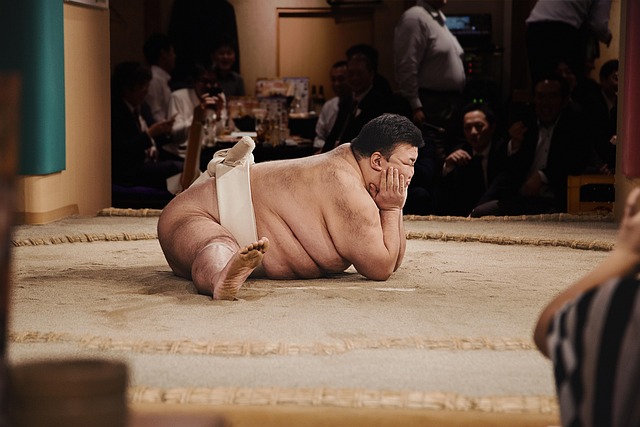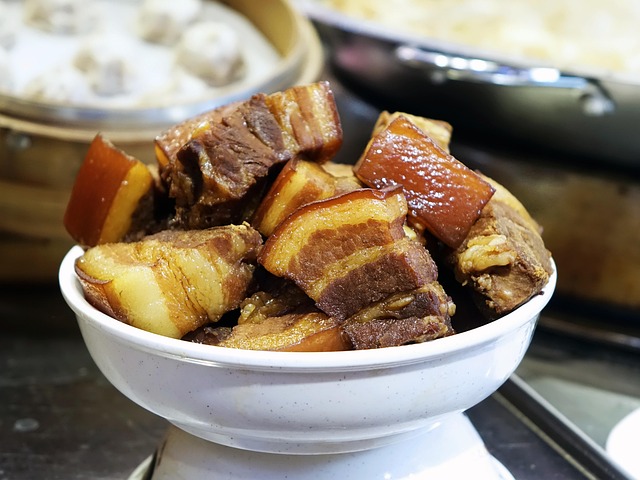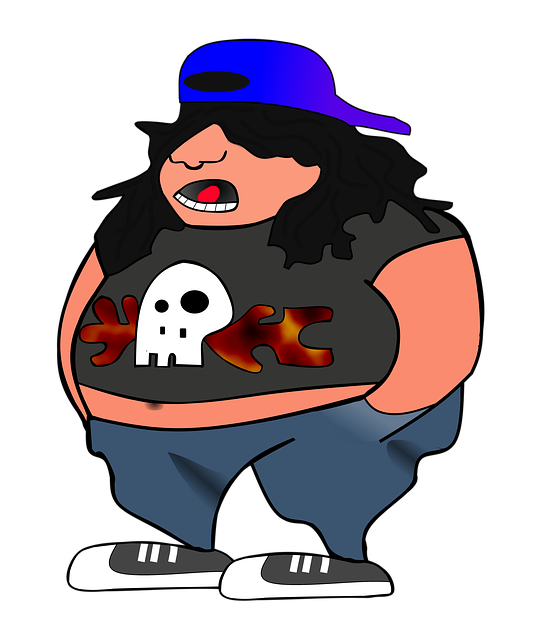Non-surgical fat reduction options, CoolSculpting and Liposuction, offer distinct benefits and risks for body contouring. CoolSculpting uses cryolipolysis to freeze and eliminate fat cells without incisions or downtime, while Liposuction suctions out fat using a needle. CoolSculpting is broad-applicable with mild side effects, ideal for specific problem areas; Liposuction provides precise fat removal but involves risks, downtime, and invasiveness. Both carry unique complications—CoolSculpting may cause temporary numbness and bruising, Liposuction poses infection and bleeding risks. Consulting healthcare professionals is crucial for safe, effective decisions based on individual goals, BMI, and skin elasticity. CoolSculpting's non-invasive approach promotes quick recovery, while Liposuction requires more healing time due to suction. Proper post-treatment care enhances results and facilitates smoother recoveries in the non-surgical fat reduction comparison.
Considering non-surgical fat reduction procedures? Discover the pros and cons of two popular treatments, CoolSculpting and Liposuction. This comprehensive guide offers a detailed comparison, delving into safety, effectiveness, candidate suitability, and recovery processes. Whether you’re drawn to the innovative cooling technology of CoolSculpting or the traditional surgical approach of liposuction, understanding potential risks and benefits is crucial for making an informed decision about your body contouring journey.
Understanding Non-Surgical Fat Reduction Procedures

Non-surgical fat reduction procedures have gained significant popularity in recent years as a safer and more comfortable alternative to traditional surgical methods. These treatments offer targeted fat loss without incisions or lengthy recovery periods, making them attractive options for those seeking body contouring. CoolSculpting and Liposuction are two leading non-surgical fat reduction techniques that have sparked interest due to their effectiveness and minimal invasiveness.
In a direct comparison, CoolSculpting involves using cryolipolysis, where cold temperatures target and freeze fat cells, leading to their elimination over time. On the other hand, Liposuction employs suction and a small needle or cannula to vacuum fat from specific areas. Both procedures have their advantages; CoolSculpting is non-invasive and suitable for various body zones, while Liposuction provides more precise fat removal, making it ideal for localized fat reduction. Understanding these nuances is essential when considering the best non-surgical option for individual needs.
CoolSculpting: An Innovative Approach to Fat Removal

CoolSculpting represents a groundbreaking non-surgical fat reduction method, offering an alternative to traditional liposuction. This innovative procedure uses cryolipolysis, a process that freezes and eliminates targeted fat cells, leading to significant reductions in body fat. By chilling fat to temperatures below zero, CoolSculpting effectively breaks down and removes fat without impacting surrounding tissues or causing downtime.
Unlike surgery, which often involves incisions and recovery periods, CoolSculpting is a non-invasive option, making it an attractive choice for individuals seeking a safe and effective way to sculpt their bodies. This method is particularly appealing for areas like the abdomen, love handles, thighs, and buttocks, providing a precise and tailored approach to fat reduction in these common problem zones.
Liposuction: Traditional Surgery for Body Contouring

Liposuction is a traditional surgical procedure widely recognized for body contouring. It involves suctioning fat from specific areas of the body using a specialized device, offering a significant non-surgical fat reduction option. This method has been around for decades and continues to be a go-to choice for many seeking body reshaping.
Compared to other methods, liposuction provides precise removal of targeted fat cells, leading to immediate results. However, it is an invasive procedure with associated risks and downtime. As such, it’s crucial to consider both the benefits and drawbacks when contemplating this option in a non-surgical fat reduction comparison.
Safety Considerations: A Closer Look at Potential Risks and Complications

When considering non-surgical fat reduction options, understanding safety considerations and potential risks is paramount. Both CoolSculpting and liposuction have their own sets of complications that patients should be aware of. For instance, CoolSculpting, a procedure that uses cold to freeze and eliminate fat cells, may lead to temporary numbness, swelling, and bruising at the treatment site. In rare cases, it can cause more severe issues like skin damage or nerve injuries.
Liposuction, on the other hand, involves suctioning fat cells from specific areas of the body. While generally safe when performed by a qualified professional, potential risks include infection, bleeding, and asymmetry of treated areas. There’s also a risk of general anaesthesia if not conducted under local anaesthetic, which is less common than with CoolSculpting. As with any medical procedure, patients must carefully weigh these risks against the anticipated benefits, consulting with healthcare providers to make an informed decision for their non-surgical fat reduction journey.
Who is a Suitable Candidate for Each Treatment?

Who is a Suitable Candidate for Each Treatment?
When considering non-surgical fat reduction options, understanding which treatment aligns best with your goals and needs is essential. CoolSculpting, a popular choice in the market, is ideal for individuals seeking a safe and effective way to reduce stubborn fat without surgery. It’s suitable for those with well-defined areas of fat, like the abdomen, thighs, or buttocks, that haven’t responded to diet and exercise. This treatment is generally recommended for people who have a healthy weight and skin elasticity, as it works by freezing and eliminating fat cells.
On the other hand, liposuction, a more invasive procedure, is suitable for patients aiming for significant fat reduction, particularly in problem areas like the waist, hips, or chin. It’s best for individuals with a higher body mass index (BMI) who desire contouring and shaping. However, as with any surgical procedure, liposuction carries risks and may not be suitable for everyone. Consulting with a medical professional is crucial to determine which non-surgical fat reduction method—CoolSculpting or liposuction—is the best fit based on your unique needs and health profile.
The Science Behind CoolSculpting's Fat Freezing Effect

CoolSculpting, a non-surgical fat reduction treatment, works by using cryolipolysis—a process that freezes and destroys fat cells. During the procedure, a cooling gel pad is applied to the target area, which is then cooled to a temperature between -18°C and -20°C (-0.4°F to -4°F). This extreme cold is safe for skin and other tissues but effectively targets fat cells, causing them to crystallize and break apart. Over time, these damaged fat cells are naturally eliminated from the body by the lymphatic system, leading to a reduction in fat thickness and size.
Unlike liposuction, which involves surgical incisions and suction to remove fat, CoolSculpting offers a non-invasive approach. It’s a popular choice for those seeking localized fat reduction without the risks and recovery time associated with surgery. The procedure is typically well-tolerated, with mild side effects like numbness or soreness that subside quickly. This makes CoolSculpting an attractive option in the non-surgical fat reduction comparison, especially for folks who prefer a less invasive approach to achieving their body goals.
Exploring the Healing and Recovery Process After Treatments

After undergoing either CoolSculpting or Liposuction procedures, understanding the healing and recovery process is vital for any patient considering non-surgical fat reduction treatments. Both methods offer minimal invasiveness, but they have distinct paths to recovery. CoolSculpting, a revolutionary fat-freezing technology, typically results in little to no downtime. Patients can resume their normal activities soon after the procedure, experiencing gradual fat cell cryo-destruction over several weeks. In contrast, Liposuction involves suction and may leave temporary swelling and bruising, requiring more time for healing and recovery.
The post-treatment care varies slightly between these procedures. Ice therapy and compression are often recommended with CoolSculpting to reduce swelling, while Liposuction patients might need to wear compression garments for several weeks to manage potential fluid retention and support the body during the healing process. Patients should follow their practitioner’s aftercare instructions, including dietary suggestions and physical activity guidelines, to ensure optimal results and a smooth recovery journey in their non-surgical fat reduction endeavors.
